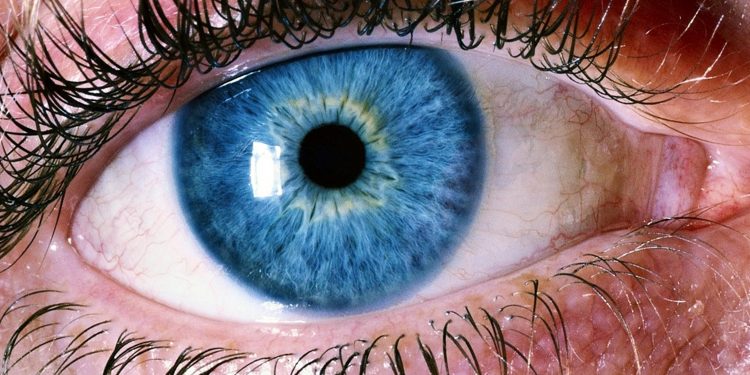Cameras have become an essential part of our daily lives, with people constantly seeking devices with high megapixels to capture the perfect shot. But have you ever wondered how many megapixels our eyes have?
Many experts estimate that the human eye has a resolution of around 576 megapixels (MP). This means that, to see the world with the same level of clarity, color accuracy, and detail, a camera would need a 576MP sensor—far beyond current commercial technology.
However, comparing a camera sensor to the human eye isn’t straightforward. A megapixel refers to the number of pixels in an image, while human vision is a complex biological process that doesn’t operate like a digital sensor.
Read Also: Barabati viral video: DJ drops ‘chhi chhi re nani chhi’ during floodlight fail; fans go wild!
Interestingly, the human eye doesn’t always operate at its maximum resolution. Our sharpest vision occurs when we actively scan a scene, allowing the brain to create an ultra-detailed image. However, when focusing on a static image, the effective resolution drops significantly, with estimates ranging between 5 and 15 megapixels.
Despite advanced camera technology, no device can fully replicate the human eye. The eye doesn’t just process pixels; it adjusts for lighting, depth, motion, and dynamic range in real time—far beyond any digital sensor. So, while multi-megapixel cameras can capture stunning images, the human eye remains unrivaled in its ability to perceive the world in all its detail and depth.





































